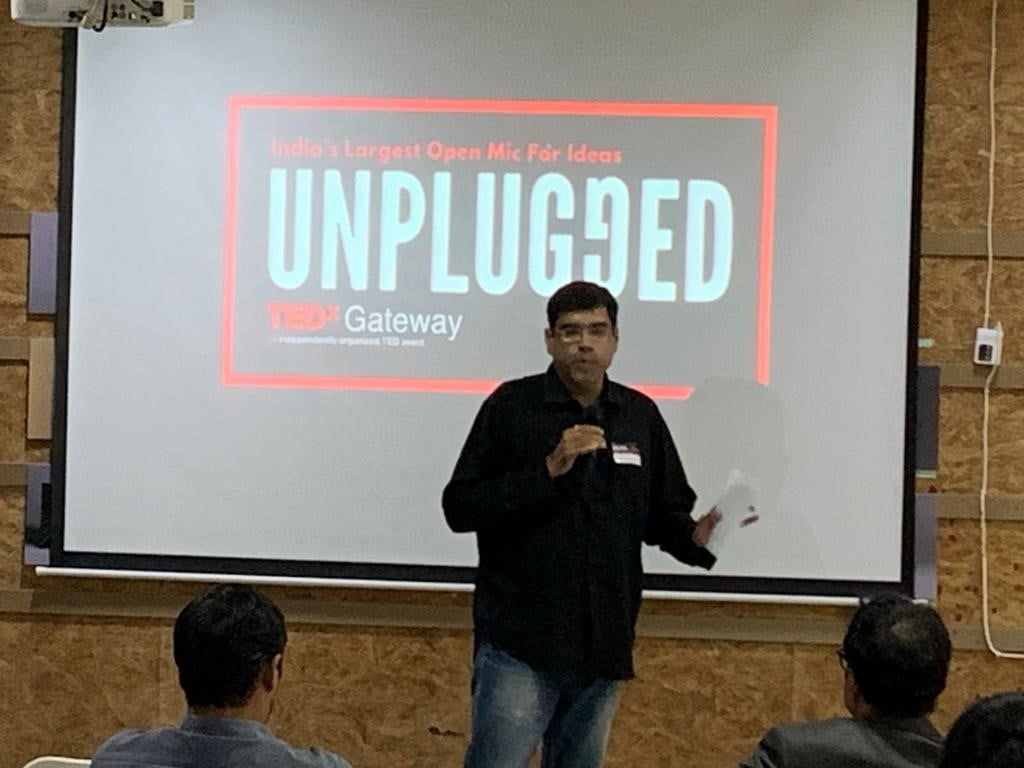Celebrity Assassinations Inspired by Books and Literature
The US has several cases of Presidents and celebrities who have been murdered where the assassin was motivated by a written books and literature and that became the inspiration and the motive to kill someone who is well known. Some of them include:
- John Lennon’s Assassination: Mark David Chapman, who assassinated John Lennon in 1980, was heavily influenced by J.D. Salinger’s novel The Catcher in the Rye. Chapman was found reading the book at the scene of the crime and later claimed that he identified with the protagonist, Holden Caulfield.
- Ronald Reagan’s Assassination Attempt: John Hinckley Jr., who attempted to assassinate President Ronald Reagan in 1981, was obsessed with the movie Taxi Driver and its protagonist, Travis Bickle. The character’s actions in the film were inspired by Arthur Bremer’s diary, which was later published as a book.
- The Assassination of Robert F. Kennedy: Sirhan Sirhan, who assassinated Robert F. Kennedy in 1968, was reportedly influenced by the novel The Secret Agent by Joseph Conrad. The book explores themes of political violence and assassination.
- The Murder of Rebecca Schaeffer: Robert John Bardo, who murdered actress Rebecca Schaeffer in 1989, was found with a copy of The Catcher in the Rye. This book has been linked to several other high-profile crimes.
- The Columbine High School Massacre: Eric Harris and Dylan Klebold, the perpetrators of the Columbine High School massacre in 1999, were influenced by Stephen King’s novel Rage. The book, which King later allowed to go out of print, tells the story of a high school student who takes his class hostage.
Nothing comes to my mind about such killings in India, except those inspired by Religious Scriptures.
How can Written Books and Literature be an Inspiration or Prime Motive to Kill?
There are several studies and scholarly articles that explore the influence of books and other media on real-life crimes and killings and their motives. Here are a few key points from the research:
- Media Effects on Violence and Crime: Research has shown that exposure to violent media, including books, can increase aggressive behaviour and attitudes. However, the direct link between media violence and actual violent crime is more complex and less conclusive.
- Copycat Crimes: Some studies focus on the phenomenon of copycat crimes, where individuals mimic criminal acts they have read about or seen in media. This includes crimes inspired by books, movies, and even news reports.
- Psychological Impact: The psychological impact of media on individuals can vary. Factors such as personal susceptibility, mental health, and environmental influences play significant roles in how media content affects behaviour.
- Case Studies: Specific cases, like the ones we discuss here (e.g., John Lennon’s assassination), are often analyzed to understand the motivations behind such crimes and the role media might have played.
The points highlighted above address the complex relationship between media consumption and real-life actions.
A New Novel and A TV Serial in the Making
“Delay, Deny, Defend: Why Insurance Companies Don’t Pay Claims and What You Can Do About It” by Jay Feinman is an exposé on the practices of the insurance industry. Feinman, a legal scholar and insurance expert, argues that insurance companies often prioritize profits over policyholders by employing strategies to delay, deny, and defend against claims. Some of the excerpts from his book include:
- Systematic Denial of Claims: Feinman explains that the denial of valid claims is not an occasional error but a systematic practice designed to maximize profits. Insurance companies often delay payments, deny claims without proper justification, and force claimants into lengthy litigation processes.
- Historical Context: The book provides a historical overview of how these practices developed over time. Feinman traces the evolution of the insurance industry and highlights key changes that have led to the current state of affairs.
- Consumer Impact: Feinman shares numerous stories of individuals who have been unfairly denied claims, illustrating the real-world impact of these practices on policyholders. These stories highlight the financial and emotional toll on those affected.
- Legal and Policy Recommendations: The book offers practical advice for consumers on how to protect themselves when dealing with insurance companies. Feinman also outlines necessary legal reforms to prevent future abuses and improve the insurance system.
- Call to Action: Feinman urges consumers, lawmakers, and regulators to take action against these unfair practices. He emphasizes the need for greater transparency and accountability within the insurance industry.
Overall, “Delay, Deny, Defend” serves as a critical examination of the insurance industry, providing valuable insights and actionable advice for consumers and policymakers alike.
Assassination of the United Healthcare CEO – An Inspired Killing?
On Wednesday 4 December 2024, Brian Thompson, the CEO of United Healthcare, was shot at targeted fatal on a midtown Manhattan sidewalk. This has sent shock waves in the industry in the US. Brian Thompson was not an ex-US President in a Presidential race, but yet he was targeted. Well, Brian managed over USD 250 billion healthcare insurance business of the United Healthcare. Hence, he would be in a Presidential status of a smaller country than the US. It seems that Brian Thompson’s assassination, could have been inspired and linked to a 2010 book titled “Delay, Deny, Defend: Why Insurance Companies Don’t Pay Claims and What You Can Do About It” by Jay Feinman. Police found shell casings at the crime scene engraved with the words “deny,” “depose,” and “defend,” which closely resemble the themes of Feinman’s book.
This blog is not about the condolences to the dead corporate executive, but the change in the mentality of the killers to attach corporate executives.
Industry Achievements of Assassinated United Healthcare CEO
Brian Thompson had several health insurance industry accomplishments and led several specific initiatives during crises that showcased his strategic and compassionate leadership:
- COVID-19 Response: During the COVID-19 pandemic, Thompson spearheaded initiatives to expand telehealth services, ensuring that patients could access healthcare safely from their homes. He also implemented support programs for frontline healthcare workers, providing them with necessary resources and mental health support.
- Telehealth Expansion: Recognizing the need for remote healthcare solutions during the pandemic, Thompson accelerated the rollout of telehealth services. This initiative allowed patients to receive medical consultations and care without risking exposure to the virus.
- Support for Frontline Workers: Thompson introduced programs to support frontline healthcare workers, including mental health resources and financial assistance. These measures were crucial in helping healthcare professionals cope with the immense pressures of the pandemic.
- Regulatory Compliance and Advocacy: Thompson effectively managed regulatory challenges by working closely with policymakers. He advocated for policies that would benefit both the company and its members, ensuring that UnitedHealthcare remained compliant while continuing to innovate.
- Cybersecurity Enhancements: In response to increasing cybersecurity threats, Thompson prioritized investments in advanced security technologies. This initiative aimed to protect sensitive patient data and maintain trust with members and stakeholders.
- Public Relations Management: Thompson handled public relations crises with transparency and accountability. For example, when faced with criticism over healthcare costs, he addressed concerns openly and implemented solutions to improve member satisfaction.
These initiatives highlight Thompson’s ability to lead effectively during crises, ensuring that UnitedHealthcare could navigate challenges while continuing to provide essential services and support to its members and employees. I had met Brian briefly in Minneapolis in 2016 when he was not the CEO of United Healthcare. He came out to be a compassionate and a visionary. But why would someone want to kill him?
Reforms in the US Healthcare Industry Emerging out of “Delay, Deny, Defend”
Based on the events, the wider question to be asked is what needs to be done that Healthcare Executives are not targeted. Here are some of my thoughts coming out of Jay Feinman book. Let me inform the readers here, that I am no expert on the US Healthcare System. I am replaying some of the points Jay Feinman suggests several key reforms to address the systemic issues within the insurance industry to create a more equitable and transparent insurance system, ensuring that policyholders receive the coverage and support consumers are entitled to:
- Enhanced Regulatory Oversight: Feinman advocates for stronger regulatory oversight to ensure that insurance companies adhere to fair practices. This includes stricter enforcement of existing laws and the introduction of new regulations to prevent the delay, denial, and unjust defense of claims.
- Transparency Requirements: He calls for greater transparency in the insurance claims process. This would involve clear communication from insurers about the reasons for claim denials and the criteria used to evaluate claims.
- Consumer Protection Laws: Feinman suggests the implementation of more robust consumer protection laws to safeguard policyholders. These laws would provide better recourse for consumers who are unfairly denied claims and ensure that they receive timely and fair settlements.
- Penalties for Unfair Practices: He recommends imposing significant penalties on insurance companies that engage in unfair practices. This would serve as a deterrent against the systematic denial of valid claims and encourage insurers to act in good faith.
- Support for Legal Reforms: Feinman supports legal reforms that make it easier for consumers to challenge unfair claim denials. This includes simplifying the process for filing complaints and pursuing legal action against insurers.
- Public Awareness Campaigns: He emphasizes the importance of public awareness campaigns to educate consumers about their rights and the tactics used by insurance companies. This knowledge would empower policyholders to better navigate the claims process and protect themselves against unfair practices.
All I can imagine is that the assassin was denied healthcare that he was entitled to by United Healthcare and he thought it as an extreme step to redeem it with the life of the top honcho of United Healthcare CEO.
We will wait for the investigators and police to apprehend the killer and figure out the real motive. But for the time being, Jay Feinman’s book is now going to be a best seller and material for dramatization into a TV serial or a movie.
I am deeply shocked and my sincere condolences to those who feel the loss of Brian Thompson.



